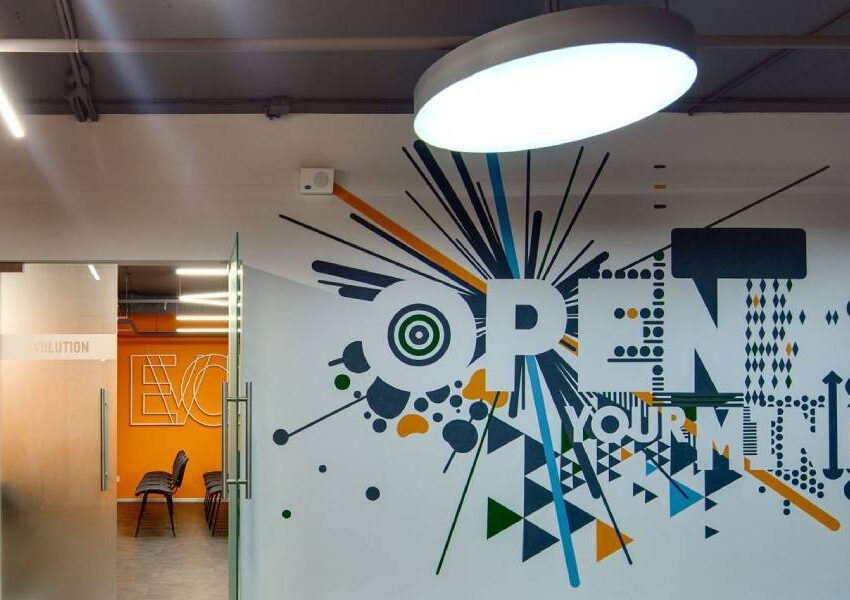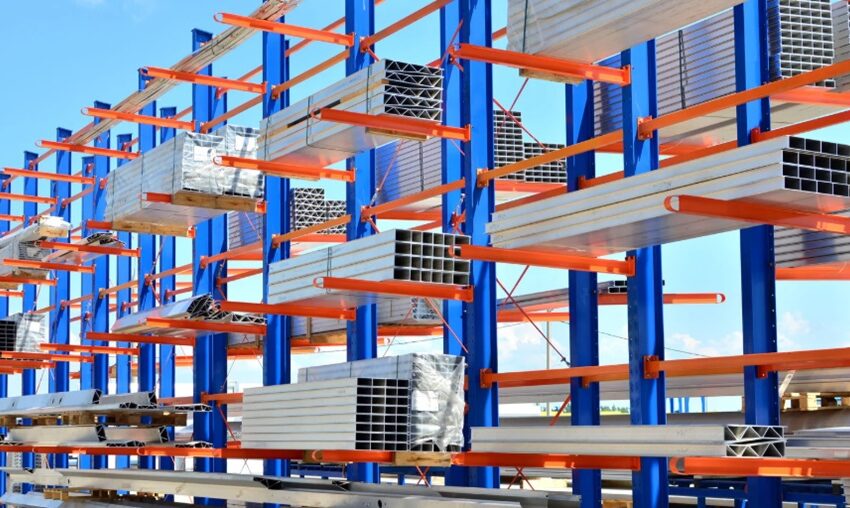Introduction
The advent of the Internet of Things (IoT) has transformed how we interact with and manage the physical world around us. This technological revolution extends its influence to various sectors, and one of the most impacted areas is facility management. IoT has ushered in a new era of efficiency, sustainability, and innovation in the way facilities management services oversee and maintain buildings and infrastructure. In this article, we will delve into the pivotal role of IoT in revolutionizing facility management, exploring its applications, benefits, and the potential it holds for the future.
Understanding IoT in Facility Management
IoT in facility management involves the integration of sensors, devices, and data analytics to monitor, control, and optimize building operations and maintenance. These interconnected devices collect real-time data, enabling facility managers to make informed decisions and automate processes for enhanced efficiency and cost-effectiveness.
Applications of IoT in Facility Management
Energy Management:
IoT sensors can monitor energy consumption, HVAC systems, and lighting, enabling real-time adjustments to optimize energy usage, reduce costs, and lower carbon footprints.
Predictive Maintenance:
IoT devices collect data on equipment health and performance. Predictive analytics can anticipate maintenance needs, reducing downtime and preventing costly breakdowns.
Security and Access Control:
Smart security systems use IoT to monitor access points, surveillance cameras, and alarm systems. Real-time alerts enhance security while reducing the risk of unauthorized access.
Space Utilization:
IoT sensors track space utilization patterns, helping facility managers optimize office layouts and allocate resources efficiently.
Environmental Monitoring:
Sensors can monitor environmental factors such as air quality, temperature, and humidity, ensuring occupant comfort and well-being.
Waste Management:
IoT-enabled waste bins can signal when they need emptying, reducing unnecessary collections and minimizing costs.
Smart Lighting:
Automated lighting systems adjust based on occupancy, daylight, and time of day, saving energy and improving occupant comfort.
Tenant Services:
IoT can enhance tenant experiences through smart building apps that provide services like room booking, navigation, and maintenance requests.
Benefits of IoT in Facility Management
Cost Savings:
IoT-driven automation reduces energy waste, lowers maintenance costs, and minimizes operational inefficiencies.
Improved Efficiency:
Real-time data and analytics enable proactive decision-making and streamline facility management processes.
Enhanced Sustainability:
IoT helps reduce environmental impact by optimizing energy usage, waste management, and resource allocation.
Occupant Comfort and Productivity:
A comfortable, well-maintained environment enhances occupant satisfaction and productivity.
Predictive Insights:
Predictive maintenance and analytics enable data-driven planning and resource allocation.
Safety and Security:
IoT enhances safety and security by monitoring access, detecting intrusions, and responding to emergencies.
Challenges and Considerations
While IoT offers numerous advantages, implementing it in facility management does come with challenges:
Data Security:
Protecting sensitive data from cyber threats is crucial, given the interconnected nature of IoT devices.
Integration Complexity:
Integrating diverse IoT devices and systems can be complex and require robust IT infrastructure.
Privacy Concerns:
Collecting data on occupant behavior and preferences raises privacy considerations that must be addressed.
Cost of Implementation:
While IoT offers long-term cost savings, the initial investment in sensors and systems can be significant.
Scalability:
Facility managers need to plan for future expansion and ensure IoT systems can scale accordingly.
Future Trends in IoT and Facility Management
The role of IoT in facility management is poised for continued growth and innovation. Future trends may include:
AI and Machine Learning Integration:
AI-driven analytics will provide deeper insights, enabling more advanced predictive maintenance and optimization.
Edge Computing:
Processing data at the edge (locally on IoT devices) will reduce latency and enhance real-time decision-making.
5G Connectivity:
High-speed 5G networks will support a greater number of IoT devices, enabling faster and more reliable data transmission.
Blockchain for Security:
Blockchain technology may be used to enhance data security and transparency in IoT systems.
Customization:
IoT solutions will become more tailored to specific facility needs, offering greater customization and flexibility.
Conclusion
The Internet of Things is reshaping the world of facility management, providing a pathway to greater efficiency, sustainability, and innovation. From optimizing energy usage to enhancing security and occupant experiences, IoT has become an integral part of modern facility management. While challenges such as data security and integration complexity exist, the benefits far outweigh the drawbacks. As technology continues to advance, the role of IoT in facility management will evolve, opening up new possibilities for creating smarter, more efficient, and sustainable built environments.








